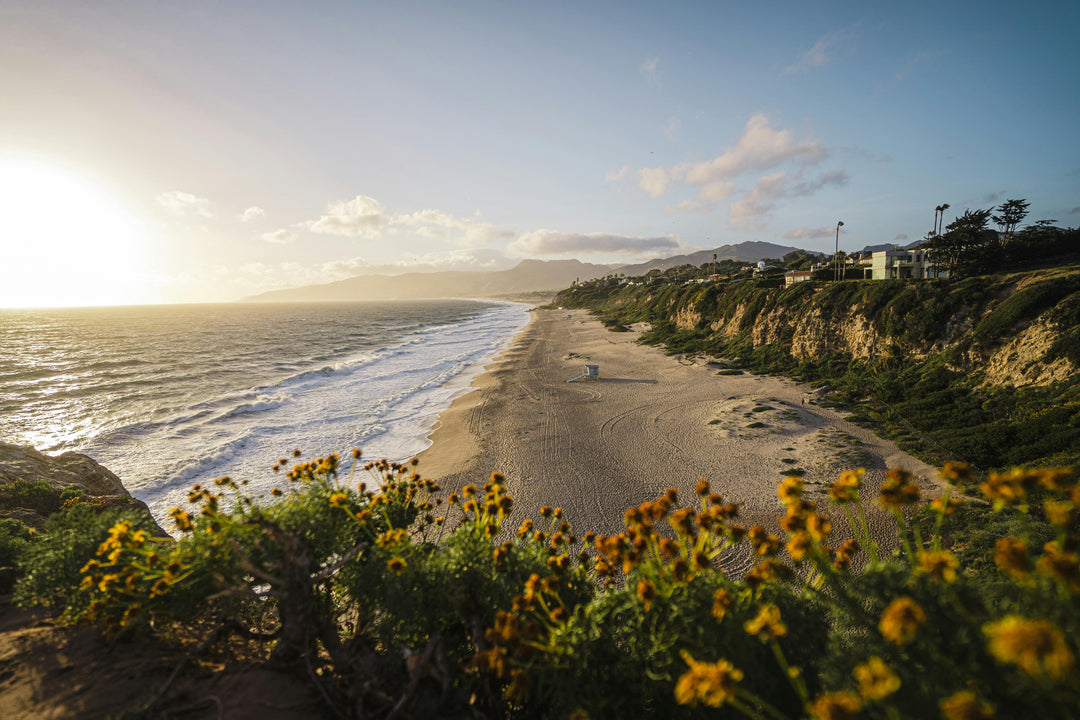A History Of Women In Surfing
Surfing has a long and rich history, and women have been part of it since the beginning. From ancient Polynesian royalty riding wooden boards in Hawaii to modern world champions dominating global competitions, women have played a vital role in the development of the sport.
In ancient Polynesia, especially in Hawaii where surfing originated, both men and women took part in the sport. It wasn’t just recreation, surfing played a central role in daily life and tradition. Historical records mention women riding waves with confidence.
As surfing evolved and spread beyond its roots, women continued to be involved. In the early 20th century, names like Isabel Letham in Australia and Mary Ann Hawkins in California began to appear in surfing history. These early figures helped keep the sport alive and growing, especially as surfing started to develop into a modern pastime and competitive activity.
By the 1970s and '80s, more women began to enter the competitive scene. Rell Sunn, often referred to as the “Queen of Makaha,” became one of the most respected surfers of her time. Along with others, she played a major role in growing the sport and setting new standards for women surfers.
In recent decades, women’s surfing has gained more attention and recognition. Surfers like Lisa Andersen, Layne Beachley, Carissa Moore, and Stephanie Gilmore have won world titles and inspired new generations of athletes. Their achievements reflect the high level of talent and dedication seen in the sport today.
Now, women’s surfing is a prominent part of competitions around the world, including the Olympics. From local beaches to global events, women continue to contribute to the sport’s progress and popularity.









